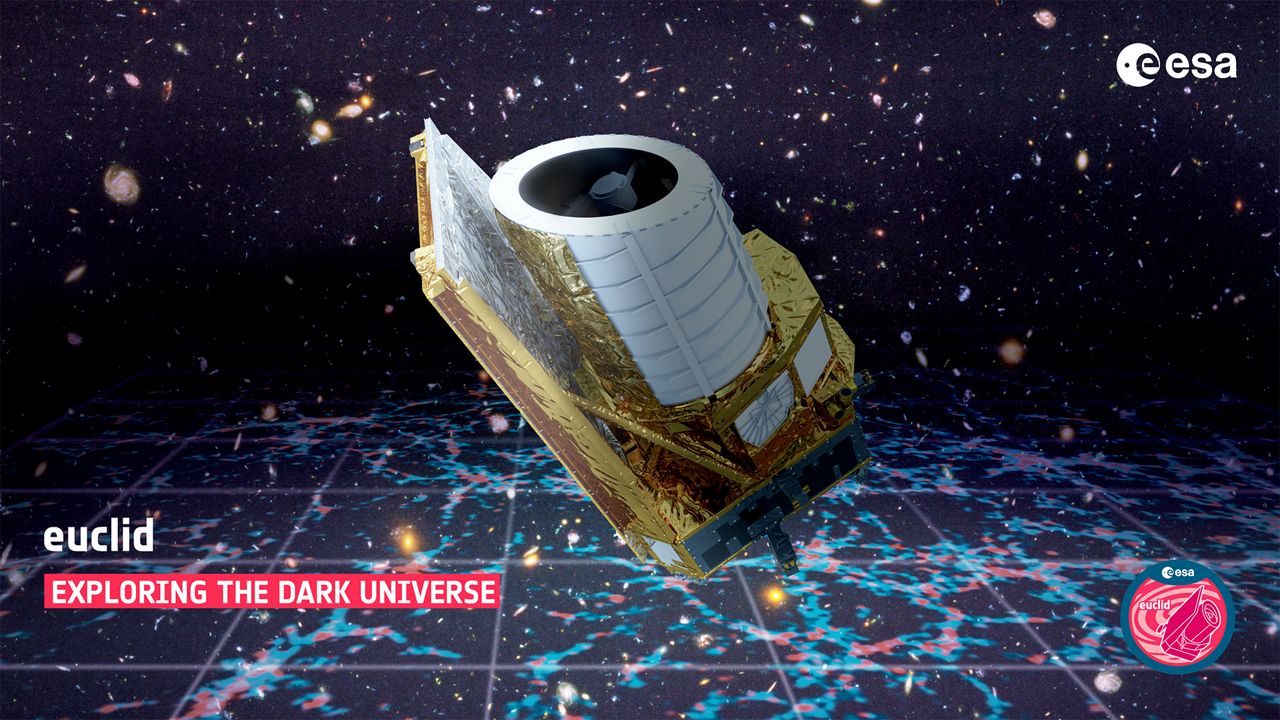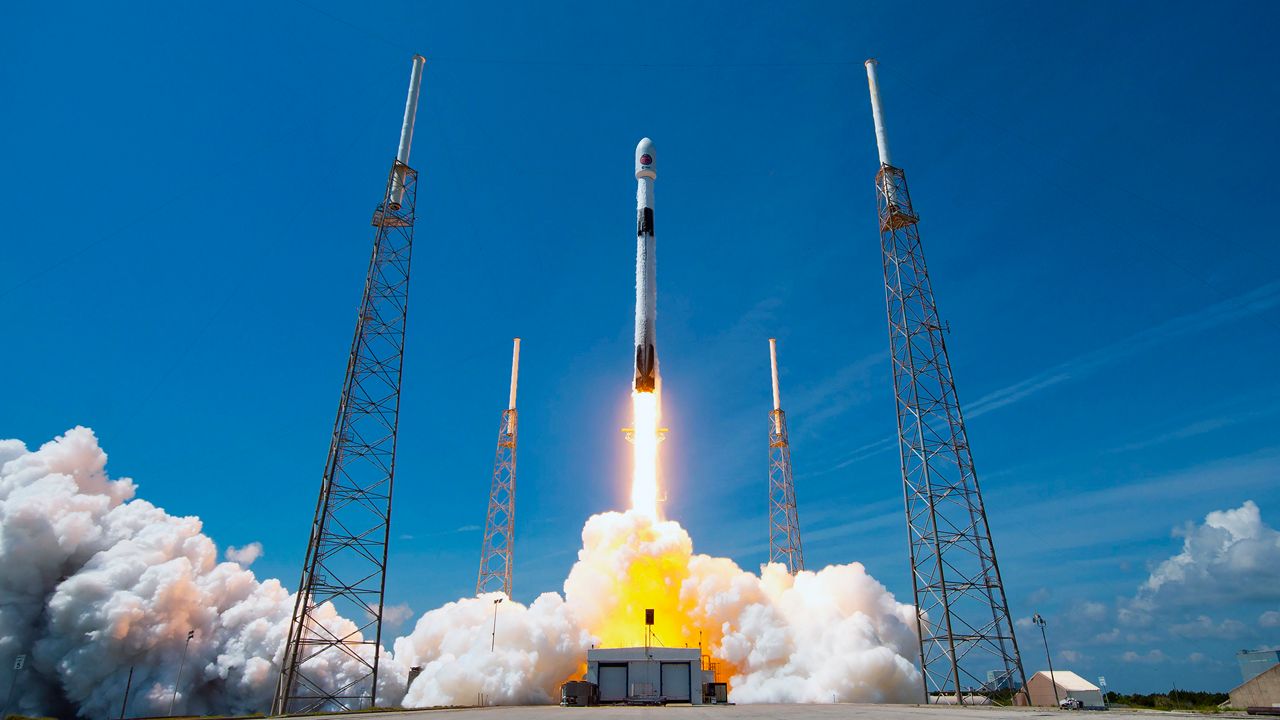CAPE CANAVERAL SPACE FORCE STATION — SpaceX successfully launched the European Space Agency’s (ESA) Euclid telescope on Saturday in an effort to learn more about the elusive nature of dark matter and dark energy as it makes a 3D map of the universe.
What You Need To Know
- 🔻Scroll down to watch the launch🔻
- 🔻 Explore the Euclid mission in more detail 🔻
Liftoff! pic.twitter.com/2IZ3pJcsSd
— SpaceX (@SpaceX) July 1, 2023
The company’s Falcon 9 rocket left Space Launch Complex 40 at Cape Canaveral Space Force Station, stated SpaceX. The launch was at 11:12 a.m. ET.
On Friday, the 45th Weather Squadron gave a 90% chance of good liftoff weather, with the only concern being the cumulus cloud rule.
Go here to learn about NASA’s weather criteria for SpaceX’s Falcon 9.
The first-stage booster of the Falcon 9 rocket, named B1080, only has one mission under its belt and that is the Ax-2 mission in May of this year.
Following the first-stage separation, it landed on the droneship A Shortfall of Gravitas in the Atlantic Ocean.
Falcon 9’s first stage has landed on the A Shortfall of Gravitas droneship pic.twitter.com/iHbNY1uh8e
— SpaceX (@SpaceX) July 1, 2023

About the mission
While the ESA has not yet gotten back to Spectrum News about the Euclid telescope, its mission is to help understand dark matter and dark energy.
The telescope is named after the Greek mathematician Euclid of Alexandria, who is considered the father of geometry.
The telescope is designed to not just know about dark matter and dark energy, it will also create a 3D map of the universe.
“Euclid is designed to explore the evolution of the dark Universe. It will make a 3D-map of the Universe (with time as the third dimension) by observing billions of galaxies out to 10 billion light-years, across more than a third of the sky,” according to ESA’s website.
While scientists believe that dark energy accelerates the expansion of the universe and dark matter is made up of particles that cannot absorb, reflect or emit its own light (so it’s invisible), they do not know the true nature of dark energy and dark matter.
Scientists believe they have observed the working of dark matter by the effects it has on the distribution of visible sources and gravity, stated ESA.
In fact, NASA stated that scientists are pretty much in the dark when it comes to dark matter.
“We are much more certain what dark matter is not than we are what it is. First, it is dark, meaning that it is not in the form of stars and planets that we see. Observations show that there is far too little visible matter in the universe to make up the 27% required by the observations,” stated the U.S. space agency.
And that 27%? Scientists believe about 68% of the universe is made up of dark energy, 27% is made up of dark matter and 5% is normal matter that we can see, such as Earth, stars and planets.
The Euclid telescope, build by Thales Alenia Space and the same makers of the Satria satellite that was launched on Father’s Day of this year, is expected to be operating for the next six years, with the chance of a five-year extension.
The Euclid is only about 14.7 feet tall (4.5 meters) and 10 feet (3.1 meters) in diameter.




